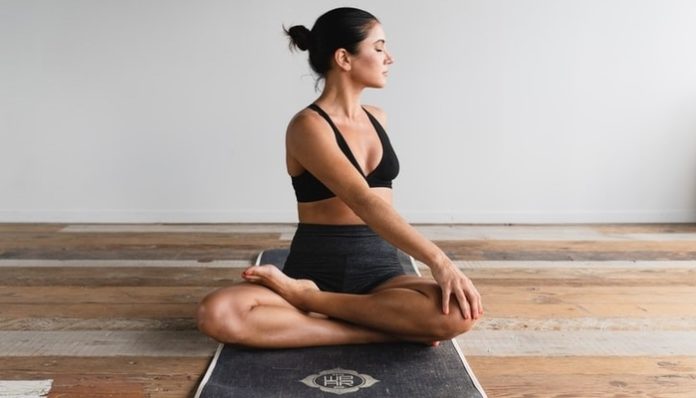
About 10 years ago, just after my divorce, a friend invited me to a yoga class. I hadn’t considered trying yoga, but I went anyways, and it taught me so much about marriage and divorce. Here’s what yoga taught me about divorce:
1. Beginner’s Mind
Beginner’s mind involves letting go of your expectations for how things were yesterday, ought to be today, or might be tomorrow. When you experience life events with beginner’s mind, you forget your opinions and desires and remain open to seeing things as they are in the present. It’s much of a stretch to see how “beginner’s mind” applies to divorce. Instead of stressing about what’s different after your divorce, the love you lost, and starting over in the future, “beginner’s mind” keeps your focus on your current reality.
2. Bearing Discomfort
In yoga, you sometimes hold poses long enough for them to become uncomfortable, but you ultimately learn that you can bear that discomfort. After you release each pose, you feel stronger because you accepted and worked through pain. Sometimes you even notice that you’re still holding a previously uncomfortable pose, and the discomfort has passed.
The thing about divorce is that the pain is never far away, no matter which side of the divorce you’re on. Whether you’re the abandoner or the abandonee, divorce is never a painless process. Divorce brings too many changes, upsets, and discomforts, but learning to bear that discomfort will eventually ease the pain – just like in your “downward dog.”
3. Moderation
If you do yoga, you know that you don’t ever want to over-do it. Every morning, you do enough sun salutations to energize you but not so many that you exhaust yourself before your day begins. You need to find moderation, which looks different every day for everyone.
Similarly, when you start your post-divorce life, do everything in moderation. There’s no need to go out every night, make 20 new friends, go on a date every weekend, or take up 15 new hobbies. There’s no good reason to lose multiple pounds this week find the perfect house tomorrow. Knowing that you decide how much is enough for you feels good – both in yoga and after divorce.
4. Nonjudgment
Yoga can be demanding, and you can’t always be the best in the room. Some teachers advise that you not look beyond your mat in order to stay nonjudgmental of your practice. It’s best to think about your divorce in those terms too. Your divorce isn’t perfect, and it’s unlike anyone else’s – which is perfectly fine. It’s liberating to nonjudgmentally accept your situation as it is without believing that you have to grow faster or better than someone else does.
5. Patience
Patience can take a long time to learn, but it’ll help you navigate both yoga and your divorce. You’ll nail that yoga headstand when you’re ready, and if you can’t, where you are in your practice is enough. You can still practice, but give those new skills time.
Similarly, patience can help you approach your post-divorce life changes. Some days, you’ll feel like you’re healing, and other days, your divorce will still hurt. But no matter where you are in the process, you’ll be fine with time. After all, when you’re healing, what’s the rush?
6. Commitment
To learn yoga, you have to get to the mat, and just taking that first step is a huge commitment. Committing sincerely and wholeheartedly is a necessary part of practicing yoga. And the more you practice, the more committed you become.
There are also many goals you might commit to post-divorce. First there’s survival – you commit to getting up every day. Then there’s flourishing – you commit to growing, thriving, and fulfilling yourself. Perhaps there’s even gratitude. With commitment, you’ll master all of the skills that you need to survive your divorce and continue thriving.
These six ways of being aren’t just for anyone who practices yoga – they’re also helpful for anyone who’s going through a divorce. These lessons from yoga can teach you how to live your best life post-divorce.
Originally published on YourTango by Judith Tutin
Featured Photo by Dane Wetton on Unsplash.

















